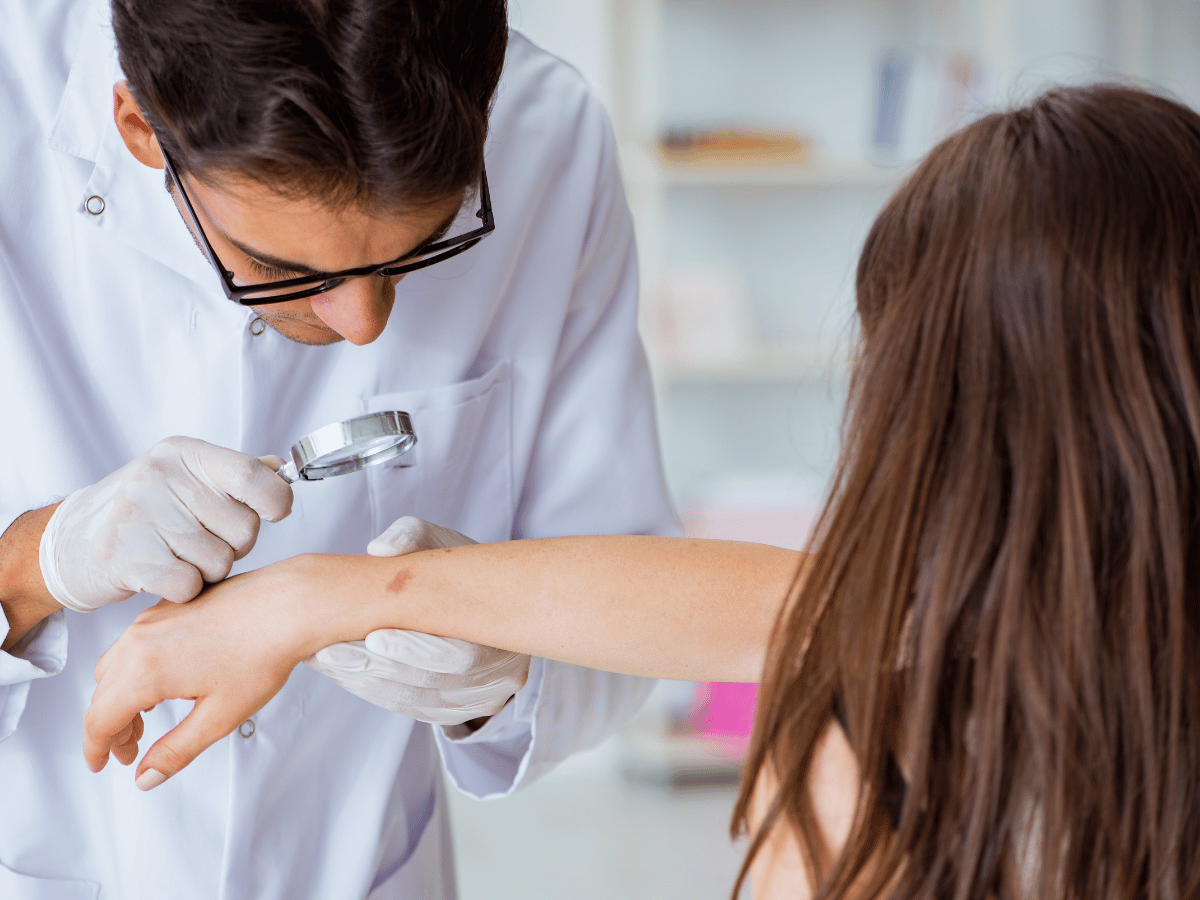Minimize Scarring After Surgery with These Four Steps
 Surgeries can offer many life-saving and life-enhancing benefits, but scarring is often an unfortunate result of these procedures. Scars from surgery are unavoidable, but there are steps you can take after surgery to help diminish their appearance. Follow these dos and don’ts to keep postoperative scarring at a minimum.
Surgeries can offer many life-saving and life-enhancing benefits, but scarring is often an unfortunate result of these procedures. Scars from surgery are unavoidable, but there are steps you can take after surgery to help diminish their appearance. Follow these dos and don’ts to keep postoperative scarring at a minimum.
Do Keep Pressure on the Wound for 48-72 Hours
Do not get the incision wet during the first couple days after surgery. No heavy lifting or bending during this time frame is important as well, as this can raise your blood pressure, which can in turn cause unnecessary bleeding.
Do Keep It Clean
The best scar prevention is good wound care, so just like any wound, it is important to keep the treatment area clean. After the first 72 hours, use a clean washcloth and mild soap to gently clean the incision site, and avoid harsh cleansers with ingredients like hydrogen peroxide, alcohol, or iodine. These substances can actually slow down the healing process. Avoid using makeup or powders at the treatment site until the incision is fully healed—this usually takes a couple weeks.
Do Keep It Moist
Apply an antibiotic cream or ointment, such as Aquaphor or Vaseline, to your incision site, and keep it covered with appropriate bandaging to prevent dirt, bacteria, and other irritants from entering the wound. A moist environment helps the cells to replicate and properly bond together to close up the incision faster.
Don’t Pick at the Crusting Areas
When the body needs to close a wound, white blood cells are drawn to the site to attack infection-causing bacteria, while red blood cells, fibrin, and platelets work to close the wound, thus forming a crust. While it should go without saying that you should not pick or scratch crusting areas at your incision site, many are still tempted to do so. But every time you rip open a scab, you are ripping off the epidermis and dermis—the top two levels of the skin—which will increase the likelihood of scarring.
Proper care during the healing process determines how much scarring occurs, so be sure to pay close attention to your incision site for best results. Treatments for scars after they have formed can be expensive, so proper initial wound care is extremely important.



